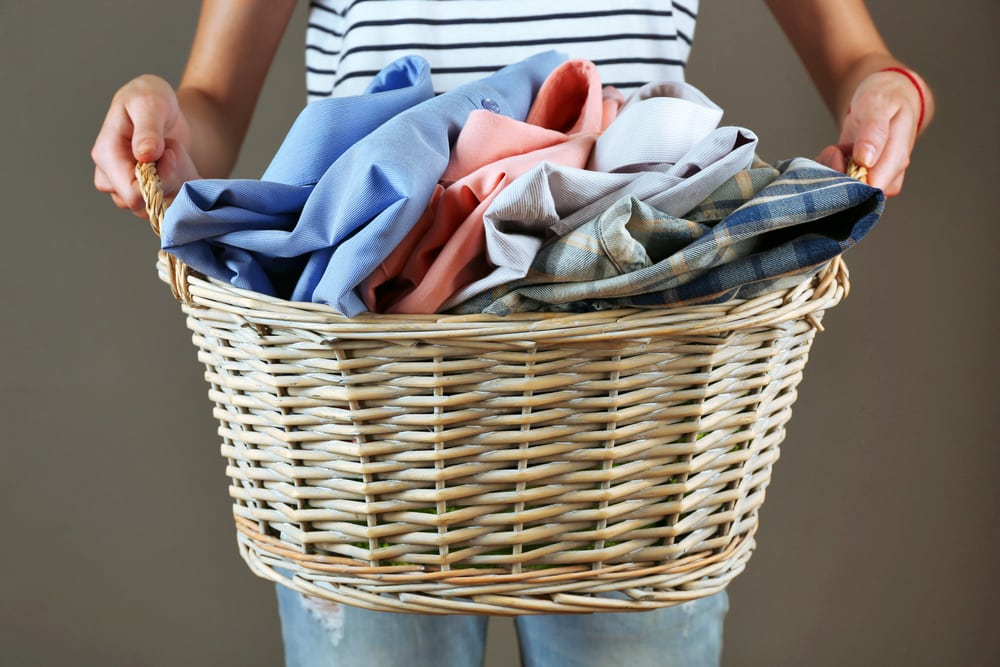Table of Contents
Black mold, scientifically known as Stachybotrys chartarum, is one of the most concerning types of mold that can develop inside homes and businesses. While all mold carries risks, black mold is especially alarming because of its potential health hazards and the damage it can cause to buildings if left untreated. Unfortunately, it thrives in damp, poorly ventilated environments such as basements, bathrooms, crawl spaces, and areas affected by water damage.
Understanding the effects of black mold is critical for homeowners and property managers alike. Not only does it pose a direct threat to your health, but it can also compromise the integrity and value of your property.
Health Effects of Black Mold
1. Respiratory Issues
The most common and immediate health effects of black mold exposure are respiratory problems. Mold spores are airborne and, when inhaled, they irritate the lungs and nasal passages. Many people experience symptoms such as coughing, sneezing, congestion, and throat irritation. Those with asthma or chronic respiratory illnesses often find their symptoms worsened, and in some cases, black mold can trigger asthma attacks.
2. Allergic Reactions
Black mold often causes allergic responses. Even people without prior allergies can develop symptoms after prolonged exposure. Watery eyes, itchy skin, runny noses, and rashes are common complaints. These symptoms may seem minor at first but can persist and worsen over time, especially in homes with high mold concentrations.
3. Neurological Symptoms
Although less common, exposure to black mold has been linked to neurological issues. Some people report experiencing frequent headaches, dizziness, difficulty concentrating, or even memory problems after long-term exposure. While studies are still ongoing, there is enough evidence to suggest that mold toxins can have an effect on the nervous system, particularly when mold infestations are severe.
4. Risks for Vulnerable Populations
Children, elderly adults, and individuals with weakened immune systems are at the highest risk. For children, whose lungs and immune systems are still developing, exposure can lead to long-term respiratory conditions. For older adults and those with compromised immune systems, black mold can contribute to infections and other serious health complications.
Property Damage from Black Mold
1. Structural Weakness
Black mold does more than just stain walls—it feeds on organic materials like wood, drywall, and insulation. Over time, these materials break down and weaken, creating serious structural concerns. Ceilings may sag, walls may crumble, and floors can lose their stability if mold is left untreated.
2. Hidden Infestations
Black mold often grows in hidden places. Behind wallpaper, inside HVAC systems, under carpets, and within wall cavities are all prime environments. By the time mold becomes visible on the surface, the problem beneath can already be extensive and costly.
3. Financial Impact
The presence of black mold can significantly lower a property’s value. Buyers are wary of mold problems, and even after remediation, some states require disclosure of past infestations. This can make selling a home more difficult and decrease resale value.
Preventing Black Mold Growth
Control Moisture and Humidity
Since mold needs moisture to grow, controlling humidity is key. Repair plumbing leaks promptly, ensure gutters and downspouts direct water away from the foundation, and use dehumidifiers in damp spaces.
Ensure Proper Ventilation
Bathrooms, kitchens, and laundry rooms should all be well-ventilated to prevent condensation. Installing exhaust fans and ensuring airflow can significantly reduce the risk of mold growth.
Regular Cleaning and Inspections
Keeping surfaces clean and conducting regular inspections can help catch mold problems early. Pay special attention to basements, attics, and crawl spaces, where hidden leaks and condensation are most common.
Professional Mold Testing
Sometimes mold is invisible to the naked eye. Professional mold testing and inspection can detect hidden infestations and provide a clear plan for removal before the problem escalates.
Why Professional Mold Removal Is Essential
While some homeowners attempt DIY mold cleanup, black mold should be handled with extreme caution. Surface cleaning methods like bleach or vinegar may remove visible spots but often fail to eliminate mold at its root. Black mold can penetrate deep into building materials, and without proper equipment, spores can spread even further during cleaning attempts.
Professional mold remediation experts have the training, protective equipment, and advanced technology needed to safely and effectively remove mold. They also address the underlying moisture issues to prevent regrowth. Attempting to clean black mold without professional help can put your health at risk and make the problem worse.
Final Thoughts
Black mold is a serious issue that affects both your health and your home. From respiratory irritation to structural damage, the risks are too great to ignore. Prevention, early detection, and swift professional remediation are the keys to keeping your property safe.
If you suspect black mold in your home or business, don’t delay. Contact PuroClean of Northeast Tacoma at (206) 929-0155 today. Our expert team provides professional mold remediation services, ensuring your property is restored to a safe and healthy condition. Let us help you protect your home, your health, and your peace of mind.



